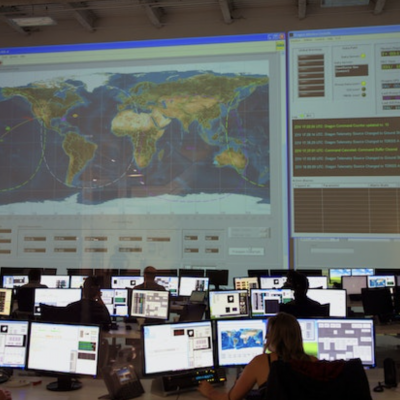In this big data era, there is a lot of confusion about the big data technology. Because so many people have heard about it coming but nobody actually knows what is it or how to leverage it. The big data technology is a big subject and data mining and statistics are means or tools of it. They are nowhere the same.
The big data era demands experts to conquer the amount of data pervading us each day and who know the technical know-hows of big data and analytics. There are different activities, tools, and methods associated with big data and analytics and data mining and statistics are part of it. Data mining is the process by which the extraction of actionable and comprehensible information is taken out from the large databases- to understand them, act on them, and make important business decisions. Data mining covers domains like statistics, machine learning, artificial intelligence, pattern recognition, database management, and data visualization.
Statistics is an element of data mining that helps in the analysis of large databases with different tools and techniques of big data and analytics. It comprises of the collection, organization, analytics, and presentation of data.
What makes them different are the different approaches in which they deal with the big data and analytics. Statistics deals only with the quantification of data whereas data mining involve models for detection of patterns and different relationships in data. The most popular methods of data mining are classification, clustering, estimation, visualization, association, sequence-based analysis, and neural networks. The most popular methods of statistical analysis are descriptive statistical analysis and inferential statistical analysis.
The descriptive statistical analysis comprises the organization and summarization of the selected sample of the data and the inferential statistical analysis comprises of the use of these summaries to make informative conclusions. The two classification of statistical analysis further breaks down into different parts such as the descriptive statistical analysis involves probability distributions and the inferential statistical analysis involves the processes of estimation, hypothesis testing, model scoring, Markov chain Monte Carlo, Generalized model classes, and again the application of Markov chain Monte Carlo.
How does data mining help with the big data industry? Here’s how it helps:
- Financial Data
- Retail
- Telecommunication
- Biological Data
- Scientific Applications
- Intrusion Detection
There are many trending topics associated with the big data era such as:
- Application Exploration
- Visual Data Mining
- Biological Data Mining
- Web Mining
- Real Time Data Mining
- Information Security
- Privacy Protection
- Distributed Data Mining
- Multi-database Data Mining
- Data Mining related with Software Engineering
The world has come to a point where surviving without the big data technology is almost impossible. There are many different career options available in the field of big data and analytics and companies are ready to pay exorbitant prices to ones who are the master of the art because the big data era is going to explode with the big data technology in the coming years and there are not enough people to decode it.




